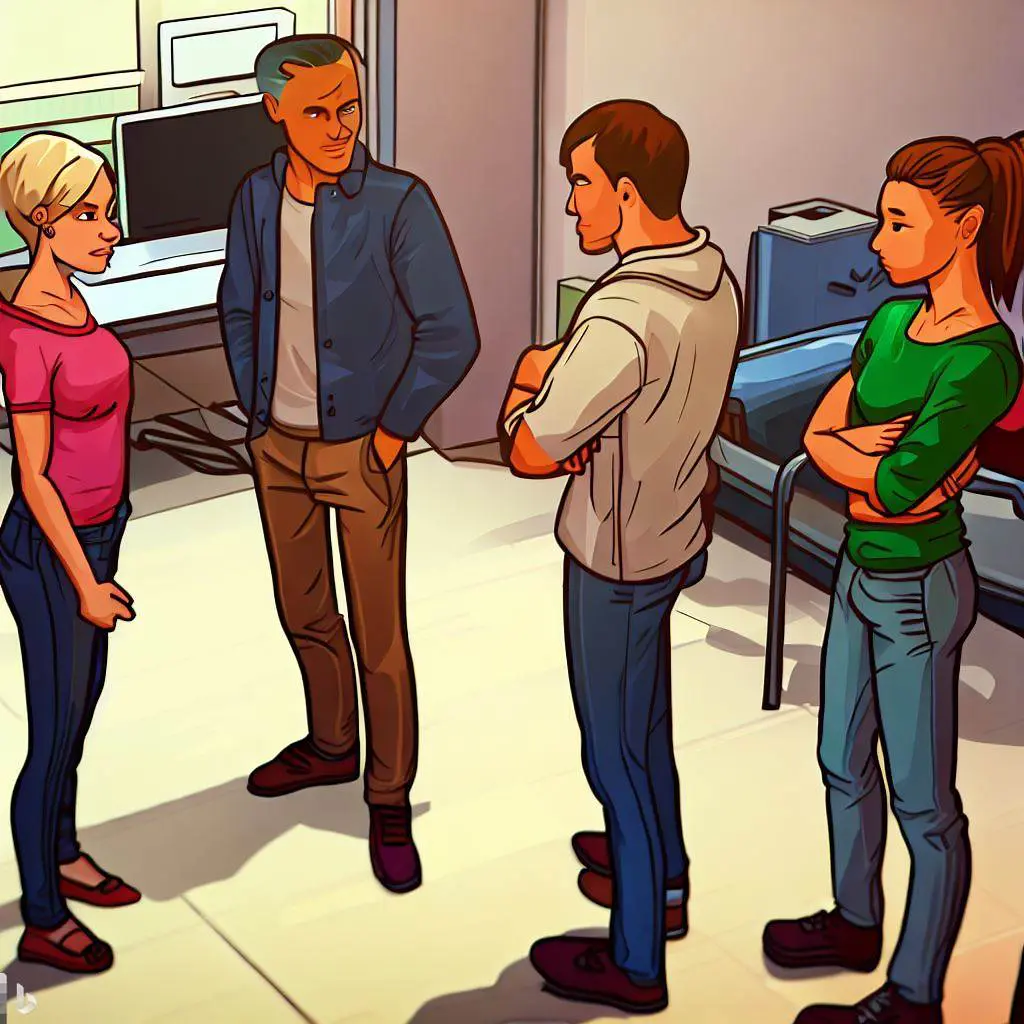Stand up meetings, also known as daily scrums or huddles, have become increasingly popular in many workplaces. These short, daily meetings are designed to keep team members aligned and informed about the progress of ongoing projects. While they can be highly effective, it’s important to run them in a way that maximizes their benefits. In this article, we’ll take a closer look at how to run an effective stand up meeting.
What is a Stand Up Meeting?

A stand up meeting is a short, daily meeting that usually lasts around 10 to 15 minutes. The meeting is designed to be held standing up, as the name suggests, in order to encourage brevity and keep everyone focused. During the meeting, team members give a brief update on the progress of their work, highlight any roadblocks they’re facing, and identify any tasks they need help with.
Why Hold Stand Up Meetings?
Stand up meetings have several benefits, including:
- Improved Communication – Stand up meetings provide an opportunity for team members to communicate with each other and stay informed about the progress of ongoing projects.
- Increased Accountability – By having team members report on the progress of their work each day, it helps ensure everyone stays on track and meets their deadlines.
- Increased Transparency – Stand up meetings promote transparency by allowing team members to ask questions and raise concerns about ongoing projects.
- Reduced Meeting Time – Because stand up meetings are short and focused, they’re much more efficient than traditional meetings, which can save time and increase productivity.
- Better Team Collaboration – By providing a forum for team members to share their progress and identify any issues, stand up meetings can help promote better collaboration and teamwork.
How to Run an Effective Stand Up Meeting?
1. Keep it Short and Focused
Stand up meetings should be short and focused, lasting no more than 15 minutes. This ensures that everyone stays engaged and focused during the meeting, and that the meeting doesn’t become a time-waster. Keep the discussion focused on the key issues and avoid getting sidetracked by unrelated topics.
2. Set a Clear Agenda
Before the meeting, create a clear agenda that outlines the topics that will be discussed. This helps keep the meeting focused and ensures that everyone knows what to expect. Stick to the agenda during the meeting, and encourage team members to come prepared with any updates or questions they have.
3. Stand Up

Standing up during the meeting encourages everyone to keep the meeting short and focused. Sitting down can lead to distractions and make the meeting feel more like a traditional meeting, which defeats the purpose of a stand up meeting. If you’re holding the meeting remotely, consider using a video conferencing platform that allows everyone to see each other standing up.
4. Have Everyone Participate
Make sure that everyone participates in the meeting, even if they don’t have a lot to report. This ensures that everyone stays informed and engaged, and helps build a sense of team cohesion. Encourage team members to ask questions and provide feedback during the meeting, as this helps promote transparency and collaboration.
5. Encourage Problem Solving
Stand up meetings should be an opportunity for team members to identify any roadblocks they’re facing and ask for help if they need it. Encourage team members to work together to find solutions to any problems that arise, rather than just reporting on them. This helps promote collaboration and teamwork, and ensures that everyone is working towards the same goal.
6. Follow Up
After the meeting, follow up with team members to ensure that any issues that were raised during the meeting are being addressed. This helps ensure that everyone stays on track and that the meeting is an effective way to keep everyone aligned and informed. Consider using a project management tool or software to help track progress and ensure that everyone is meeting their deadlines.

Conclusion
In conclusion, stand up meetings can be an effective way to keep team members aligned and informed about the progress of ongoing projects. To ensure that your stand up meetings are effective, it’s important to keep them short and focused, set a clear agenda, and encourage everyone to participate. Standing up during the meeting helps promote focus and keeps the meeting short, while encouraging problem solving and following up after the meeting helps ensure that everyone stays on track. By following these tips, you can run an effective stand up meeting that helps promote collaboration, transparency, and productivity.
